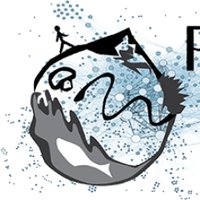Three points of consideration before testing the effect of patch connectivity on local species richness: patch delineation, scaling and variability of metrics
This article has been Reviewed by the following groups
Discuss this preprint
Start a discussion What are Sciety discussions?Listed in
- Evaluated articles (Peer Community in Ecology)
Abstract
The Theory of Island Biogeography (TIB) promoted the idea that species richness within sites depends on site connectivity, i.e. its connection with surrounding potential sources of immigrants. TIB has been extended to a wide array of fragmented ecosystems, beyond archipelagoes, surfing on the analogy between habitat patches and islands and on the patch-matrix framework. However, patch connectivity often little contributes to explaining species richness in empirical studies. Before interpreting this trend as questioning the broad applicability of TIB principles, one first needs a clear identification of methods and contexts where strong effects of patch structural connectivity are likely to occur. Here, we use spatially explicit simulations of neutral metacommunities to show that patch connectivity effect on local species richness is maximized under a set of specific conditions: (i) patch delineation should be fine enough to ensure that no dispersal limitation occurs within patches, (ii) patch connectivity indices should be scaled according to target organisms’ dispersal distance and (iii) the habitat amount around sampled sites (within a distance adapted to organisms’ dispersal) should be highly variable. When those three criteria are met, the absence of an effect of connectivity on species richness should be interpreted as contradicting TIB hypotheses


